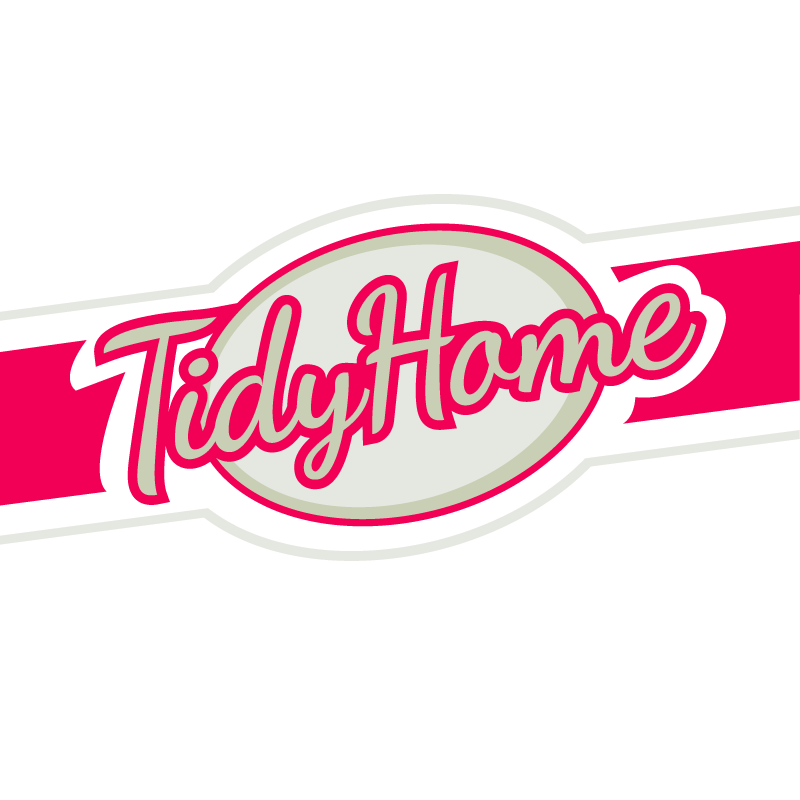Guest article provided by: drainvac.com
While everyone knows what dust is, only a fraction is really aware of its terrible health effects. Learn how get rid of dust and how you can manage it to keep a clean and tidy home!
Dust: What is it?
There are two kinds of dust:
- Mineral dust, which comes from various metals and minerals
- Organic dust, which comes from different plants and living beings
The dust found in our house is mostly the organic type that consists of dead insects, hairs, textile fibers and skin particles that the inhabitants or domestic animals produce. Light as a feather, it is constantly moved by air currents. As a result, dust is spread out everywhere throughout the house and can be found in every corner.
What are the Negative Effects of Dust?
Dust itself is repugnant to look at, but its negative effects do not stop there. It can be the main cause of allergies and can potentially bring more serious diseases.
Despite having functional defense mechanisms located at strategic places in our respiratory tract, our lungs are nevertheless exposed to its inherent risks. The nose can block most harmful particles, but smaller particles can still make their way into our bodies. The air we breathe is constantly contaminated with dust full of allergens such as fungus spores or mosses, mites, pollen, etc., which can eventually cause a rash, sneezing, itching, stomach aches, vomiting and more. But most importantly, dust can also cause diseases like histoplasmosis, psittacosis and the Q fever.
What Is the Solution Against Dust?
First of all, there are several preventive measures that can be taken in order to avoid your house from being invaded by dust. A good maintenance of the air exchanger is probably the best among them, but by cleaning the filters, intake vents, recovery core, ventilator, drain pan, and exhaust duct, you can prevent dust from even being in your home to start with.
You also need to know where dust is the most auspicious to hide in the house. The seven most likely places to hold dust are the bathroom, the kids’ rooms, the living room furniture, on top and underneath the carpets, the humidifiers, the windowsills and old books.
Furniture, objects and small surfaces can be cleaned by using a regular dusting tool. Every room should be cleaned regularly with a vacuum cleaner; a broom will only make it worse and spread the smallest dust you are trying to eliminate. For an optimal air quality, the vacuum cleaner must either:
- use an HEPA filter to block particles that your body is vulnerable to.
- use a vacuum cleaner with an outdoor exhaust system.
To clean a bathroom, the main goal is to reduce the amount of humidity and heat which are what the allergens are attracted to. The best solution is to keep the room properly ventilated with a ventilator or an opened window, or better yet, a central vacuum that can pick up water, like the Automatik system by Drainvac.
As for carpets, a vacuum cleaner with great suction power is the most efficient solution, but don’t forget to clean underneath it as well!
A clean house is a happy home. Happy cleaning!
